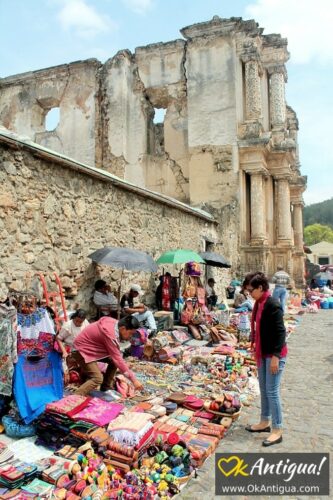The rainbow flag, sometimes LGBT pride flag or gay pride flag, is a symbol of lesbian, gay, bisexual, and transgender (LGBT) pride and LGBT social movements in use since the 1970s. The colors reflect the diversity of the LGBT community, and the flag is often used as a symbol of gay pride in LGBT rights marches. It originated in California, but is now used worldwide.
Designed by San Francisco artist Gilbert Baker in 1978, the design has undergone several revisions to first remove then re-add colors due to widely available fabrics. As of 2008, the most common variant consists of six stripes, with the colors red, orange, yellow, green, blue, and violet. The flag is commonly flown horizontally, with the red stripe on top, as it would be in a natural rainbow.

The original gay-pride flag flew in the San Francisco Gay Freedom Day Parade on June 25, 1978. It has been suggested that Baker was inspired by Judy Garland's singing "Over the Rainbow" and the Stonewall riots that happened a few days after her death. The flag also strongly resembles the ribbon colors of the WWI Victory Medal, though no connection is evidenced. Another suggestion for how the rainbow flag originated is that at college campuses during the 1960s, some people demonstrated for world peace by carrying a Flag of the Races (also called the Flag of the Human Race) with five horizontal stripes (from top to bottom they were red, black, brown, yellow, and white). Gilbert Baker is said to have gotten the idea for the rainbow flag from this flag in borrowing it from the Hippie movement of that time largely influenced by pioneering homosexual activist Allen Ginsberg. The flag consisted of eight stripes; Baker assigned specific meaning to each of the colors:
| hot pink: sexuality |
| red: life |
| orange: healing |
| yellow: sunlight |
| green: nature |
| turquoise: magic/art |
| indigo/blue: serenity/harmony |
| violet: spirit |
Thanks to Gay Lesbian Bisexual Transexual Jamaica, sidebar




























_-_James_Tissot_-_overall.jpg)















No comments:
Post a Comment